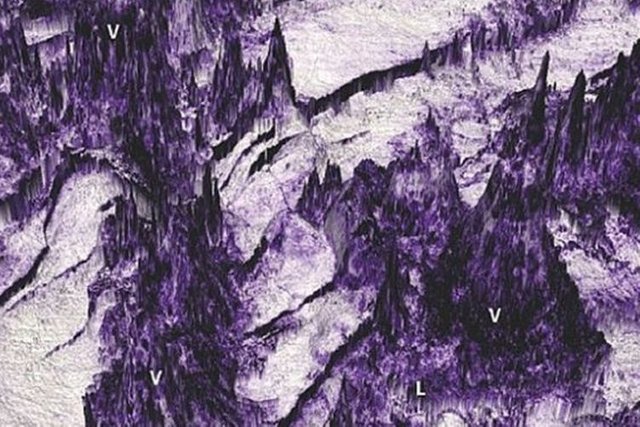Researchers managed to find a stretch of ancient lava flows off the coast of southern Australia after using sophisticated underwater imaging techniques, and turned out to resemble the wilds of Modor in the movie Lord of the Rings.
In total, the researchers found 26 ancient lava flows with a length of 34 kilometers and a width of 15 kilometers with a mountain altitude of 625 meters.
These overlays form a series of undersea kipuka or series of islands formed by lava flows in the Gulf of Basin, off the coast of southern Australia.
The researchers say that the kipuka in this area has never been studied before.
Lava flow under the sea is more difficult to learn because of its limited access compared to the earth's surface. Therefore, researchers use techniques that perform similar to the process of ultrasound in pregnant women to see the condition of the fetus. (Nick Schofield, from the University of Aberdeen in the UK)
To complete the imagery of the ancient lava weed, researchers also used a number of data from oil exploration.
Using data from oil exploration, ancient lava flows can be mapped with details that have never been done before. This spectacular volcanic view brings our imagination to the Lord of the Rings movie.
The researchers obtained three-dimensional seismic data by scanning seismic waves at sea level.
The seismic waves are energy propagation caused by a fault or explosion in the earth's crust that travels to all parts of the earth. The propagation can be captured by the seismometer.
By observing how the wave bounces back, the researcher can determine the layout and composition of the undersea feature provided it is not covered with sediments as deep as 250 meters.
The discovery is about how the current lava flow erupts and spreads. The eruption is thought to have occurred 35 million years ago.
Most of the volcanic activity on Earth happens under water. This is a good opportunity for scientists to learn how the lava flows of kipuka evolved and formed.
The uniqueness of other kipuka is the lava flow which is relatively close to the surface and not covered by the basal of the flood that will make seismic scanning more difficult.
Using this technique, we are able to observe the uniqueness of the hidden landscape for millions of years and highlight the growing importance of seismic data in studying underwater volcanology.
The study has been published in the American Geophysical Union Journal
THANKS FOR VISITING MY BLOG
BEST REGARDS
